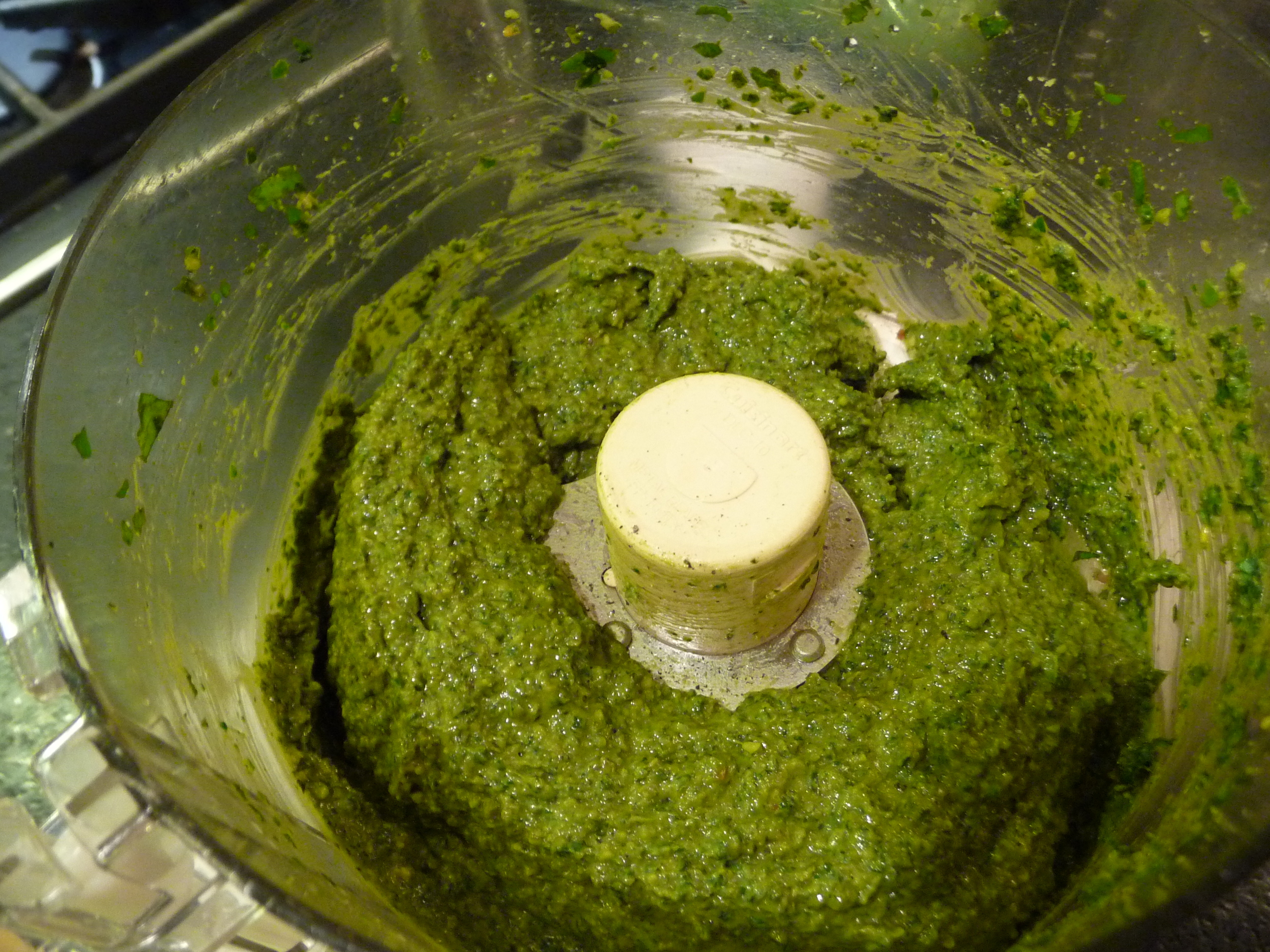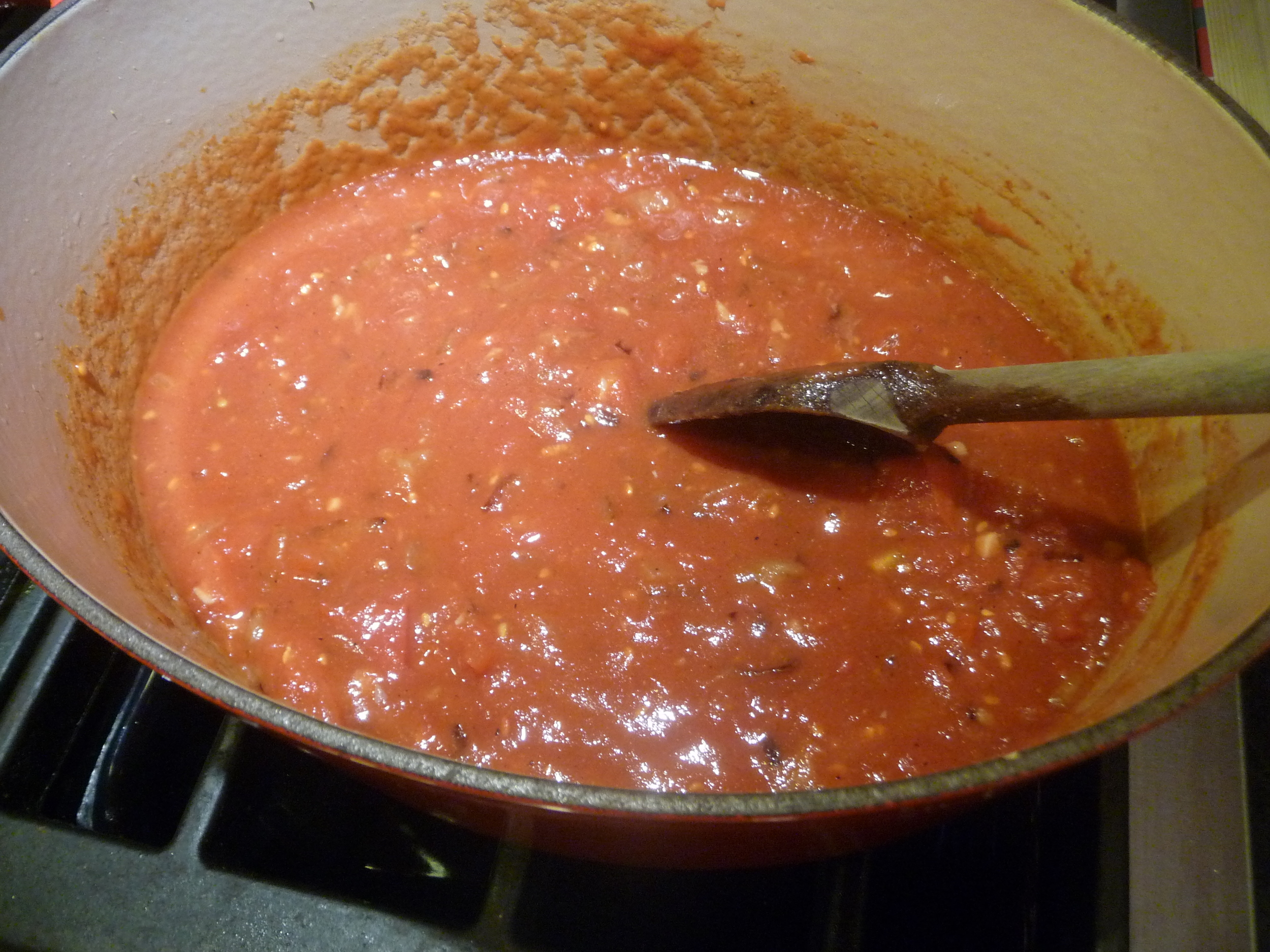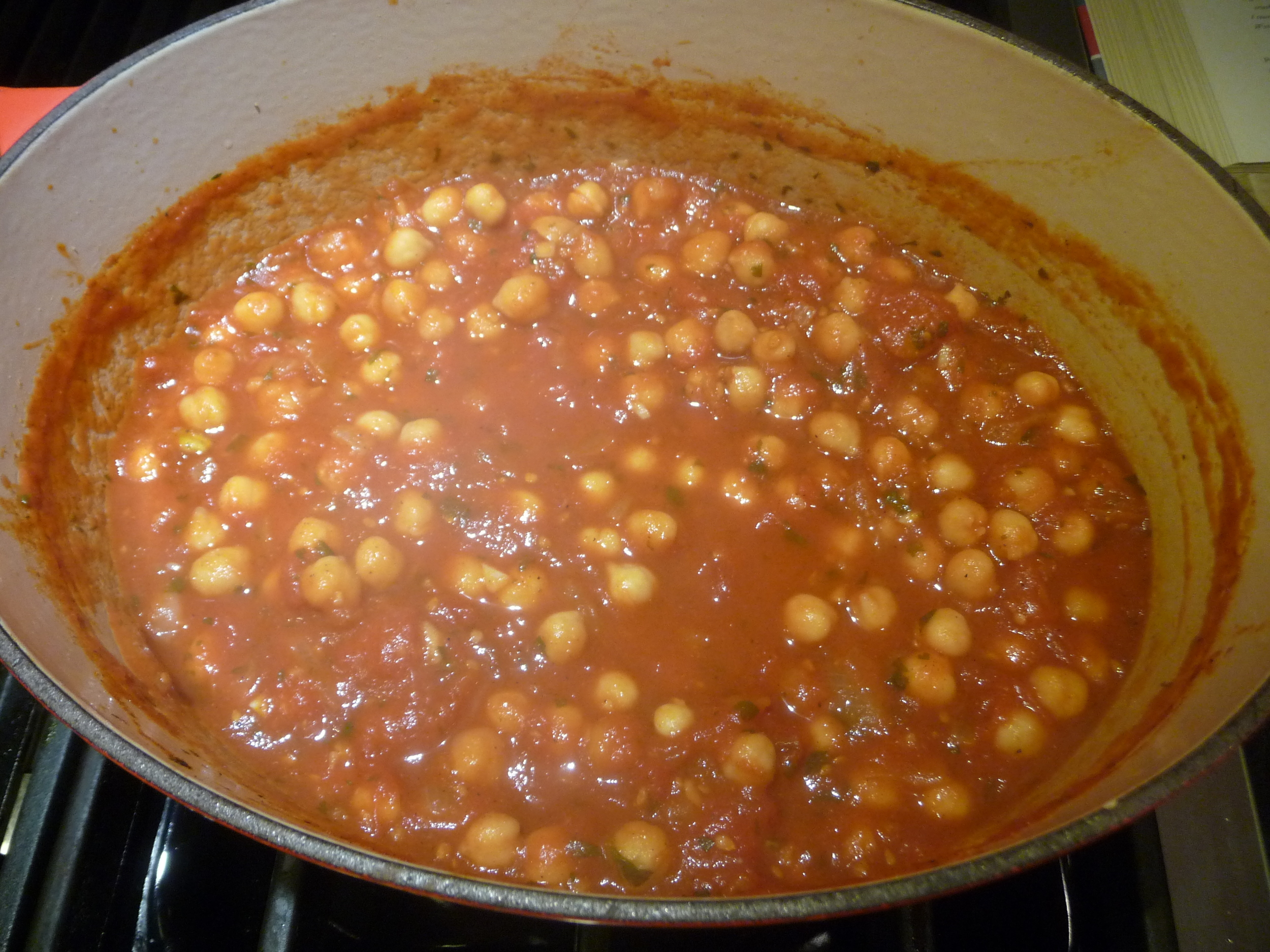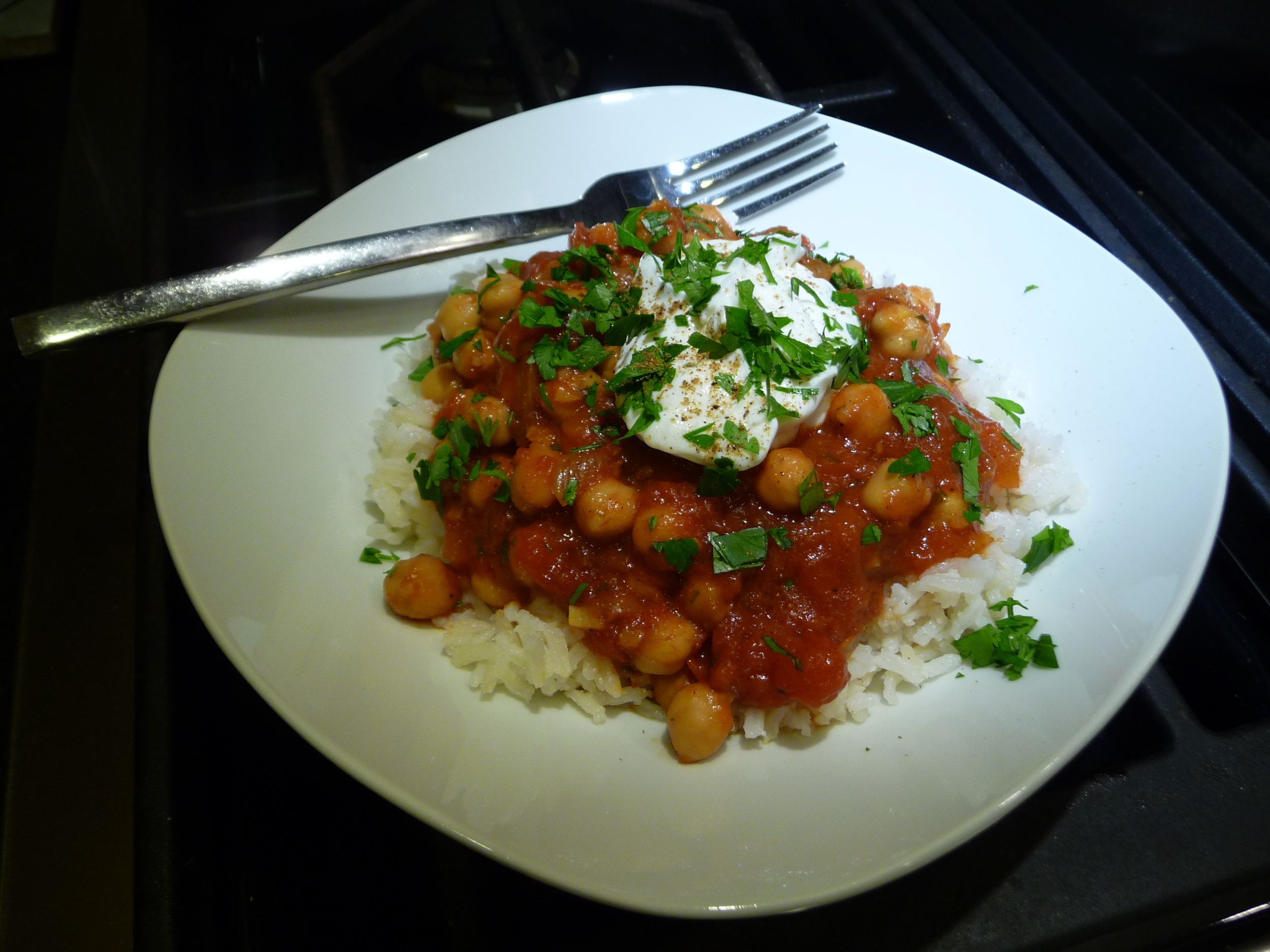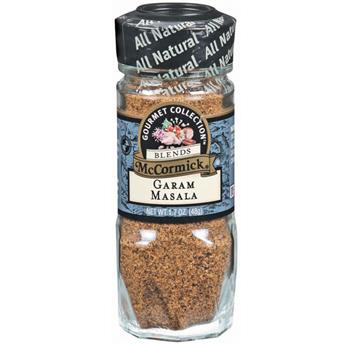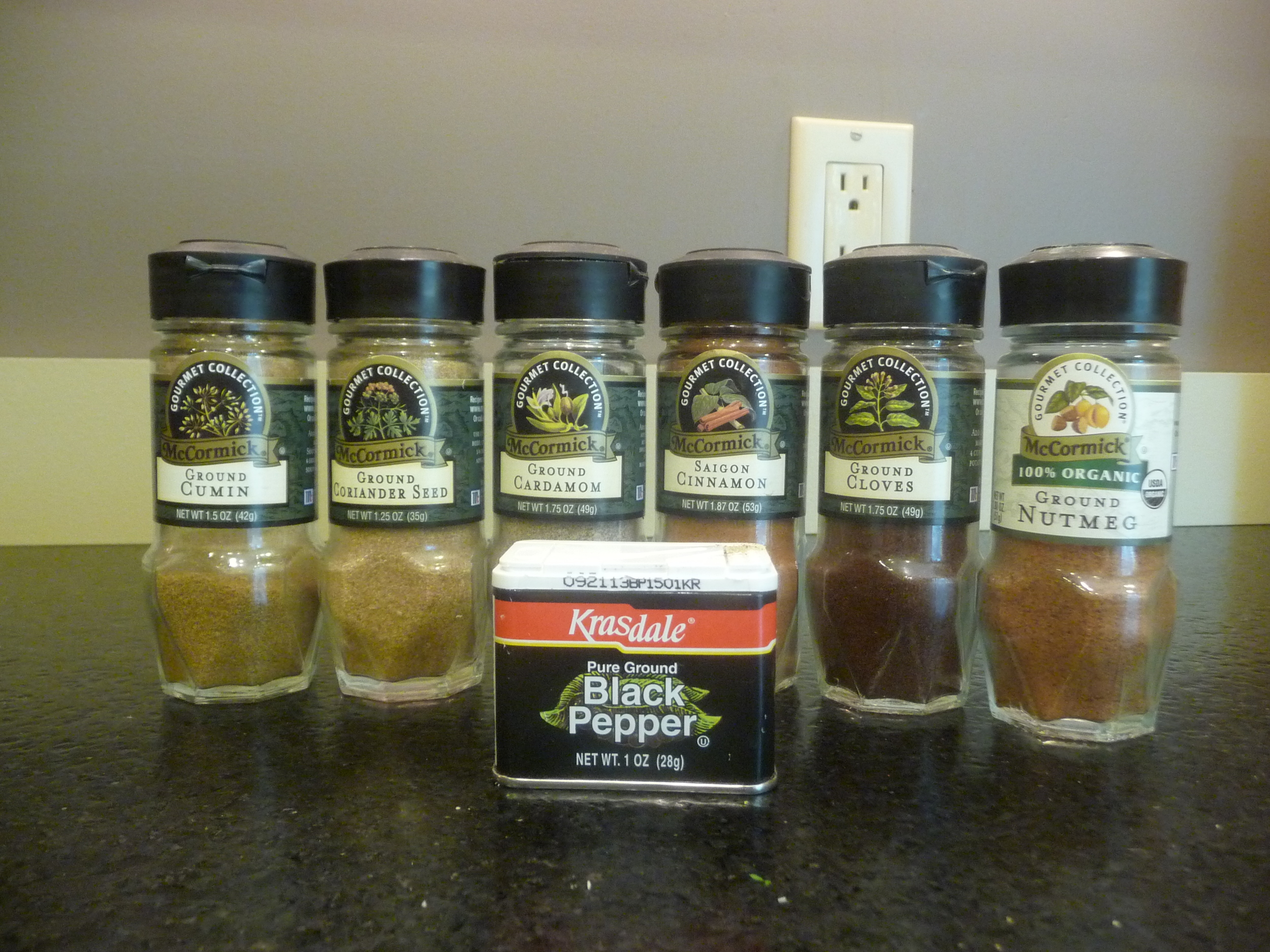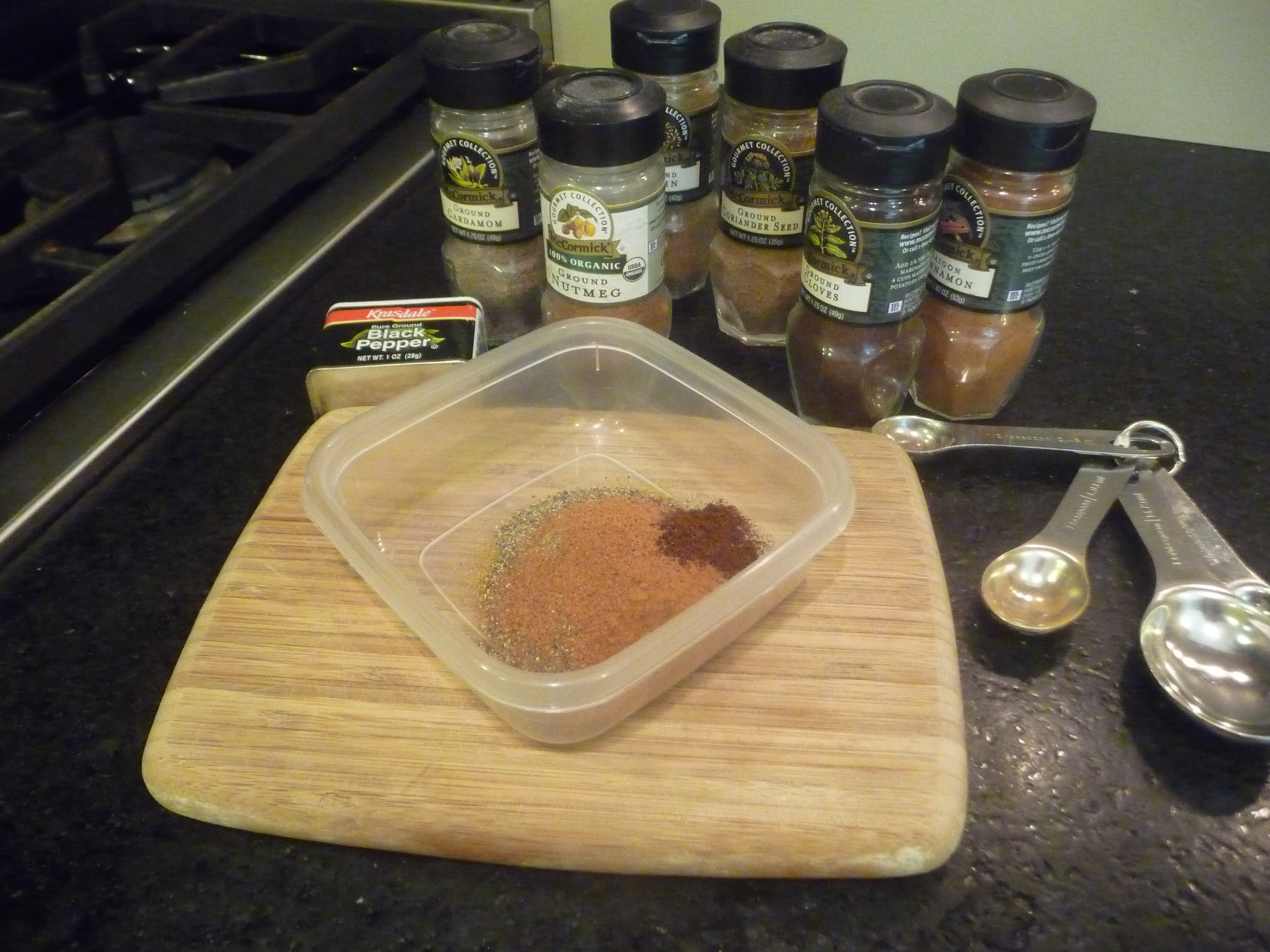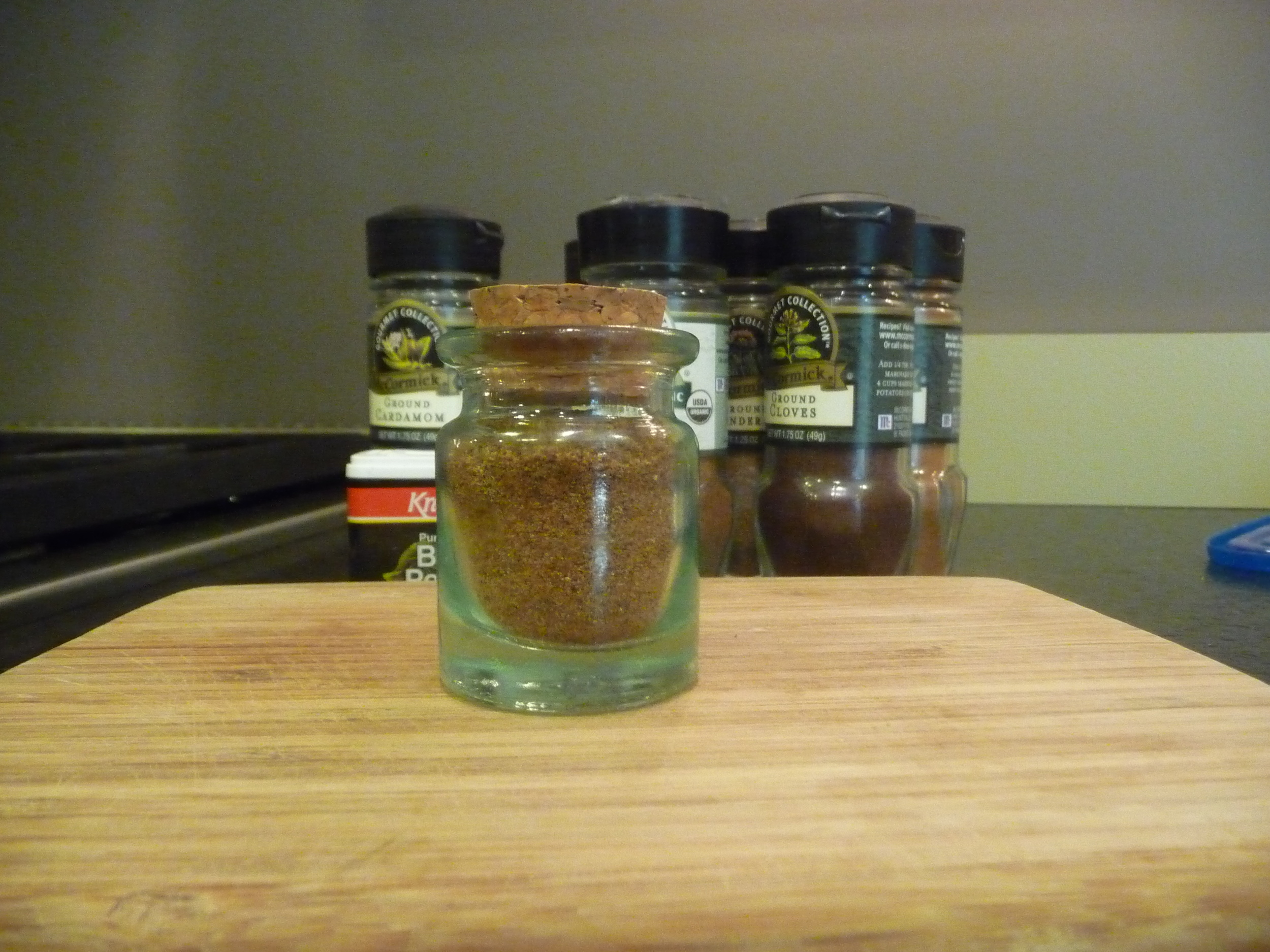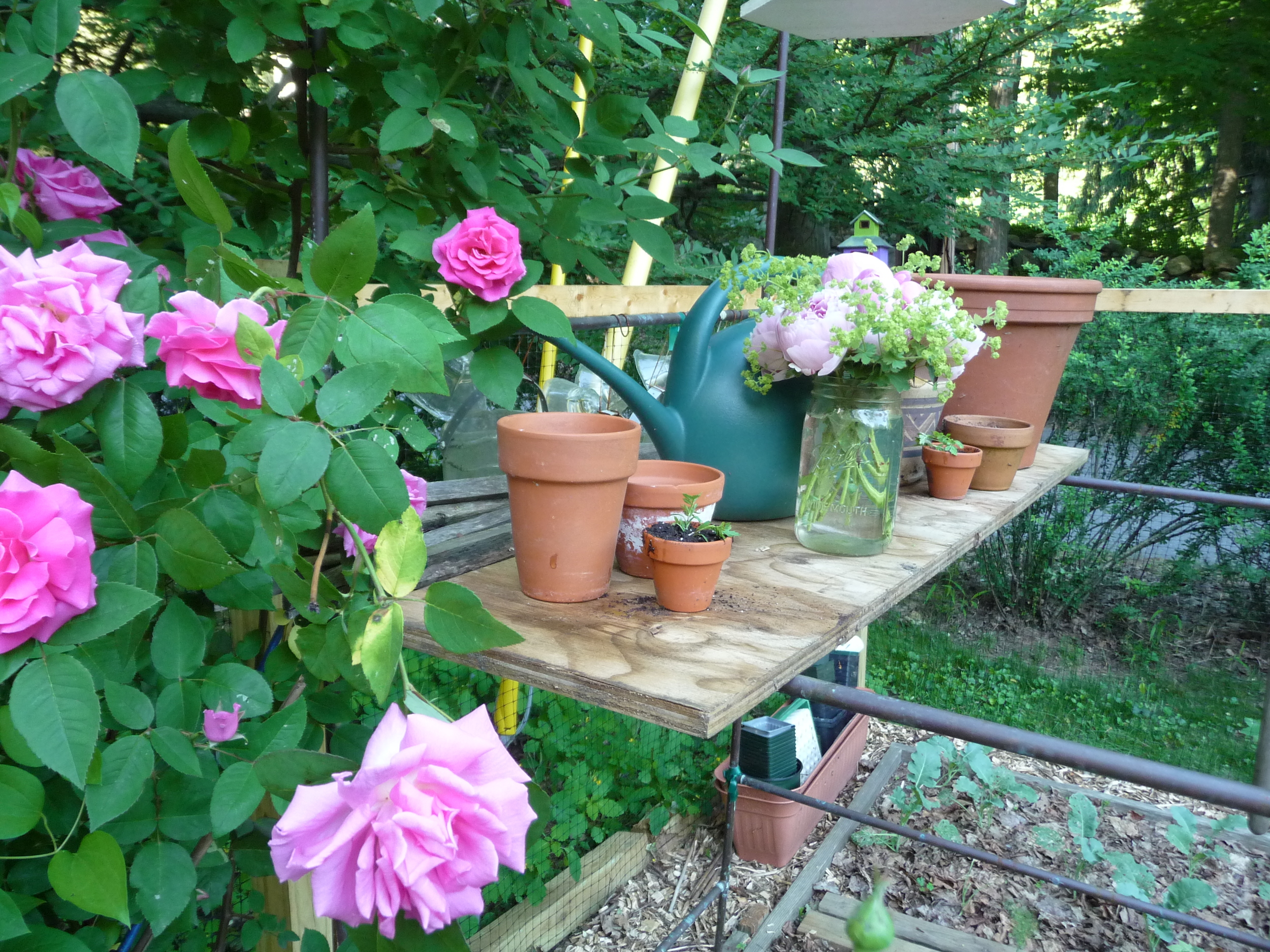This is really Clara's Spaghetti pie: my grandmother's recipe, passed to my Aunt Evelyn, who gave it to my mom, who gave it to me. I now give it to you.
My brother Steve adores this. It can be an appetizer, it can be the main dish with a salad, or it can be a side for soup. It tastes good hot, room temperature, or cold right out of the fridge at 2AM. And as we discovered last night, it's divine with a smear of leftover pesto.
In the recipe below, the last 3 ingredients are not Clara's. They are my own tinkering, which is what you're supposed to do with a family recipe. You all get together and something like this is served and everyone knows Cousin Jane makes spaghetti pie with extra onions. Aunt Ethel uses raw onions, not fried. Aunt Mary puts in raisins. Aunt Betty leaves out the salt because of Uncle Jack's high blood pressure so nobody really likes Aunt Betty's spaghetti pie.
But everyone loves Clara's.
Clara's Spaghetti Pie
- 1 pound spaghetti
- 1-2 large onions, diced (originally 1, I like a lot so I use 2, and I like using a mix of yellow and red onion)
- 4 large eggs
- 1/3 cup chopped fresh parsley
- 1/3 cup parmesan cheese
- fresh ground pepper
Pick a large frying pan with a handle but not too high sides. My largest one does have high sides which makes sliding the pie in and out a little tricky.
Fry the diced onion in olive oil. Do not be stingy with the oil (hey, I'm just repeating the directions, Grandma said don't be stingy!) The onions should brown on the edges.
Take the pan off the heat and put the onions in a large bowl to cool down.
Meanwhile cook 1 pound of spaghetti and generously salt the water. You will not be adding salt later on so you want the water a little more seasoned. Cook the paste until just al dente. It will cook more once you put it in the frying pan.
Drain the pasta and rinse with very cold water. Drain thoroughly again.
In a medium bowl, beat 4 eggs with the parsley, parmesan cheese, and 3 or 4 grinds of the pepper mill. Add the cooked spaghetti to the large bowl with the onions, pour the egg mixture over all and combine well.
In your pan there should be some oil left from frying the onions, but add more if it seems too dry and put on medium-high heat until shimmering. Dump in spaghetti-egg mixture and smooth out to fill the pan. Turn heat down to medium and cook until nice and brown on the bottom. Every now and again take your spatula and run it around the edges and a little bit underneath.
Slide the pie onto a large plate cooked side down.
Call your brother and tell him you made spaghetti pie and he should leave now.
Now the tricky part: hold the plate in one hand like a tray, take the frying pan with your other hand and invert the frying pan over the pie. Keep your hand on the bottom of the plate and push up. Hold on tight to the handle and keep pressure down. 1-2-3, turn the whole operation over. Now the uncooked part of the pie will be down in the frying pan and ready to brown.
It usually takes 5 to 7 minutes per side to brown well (enough time for your brother to drive over).
Slide onto large plate or platter (I like to use my big wooden cutting board) and cut into wedges, reserving at least half for your brother.
My mom says spaghetti pie can be frozen in foil and warmed up in the oven (it should be thawed first). However I cannot attest to this because I have never seen leftover spaghetti pie in my life.














